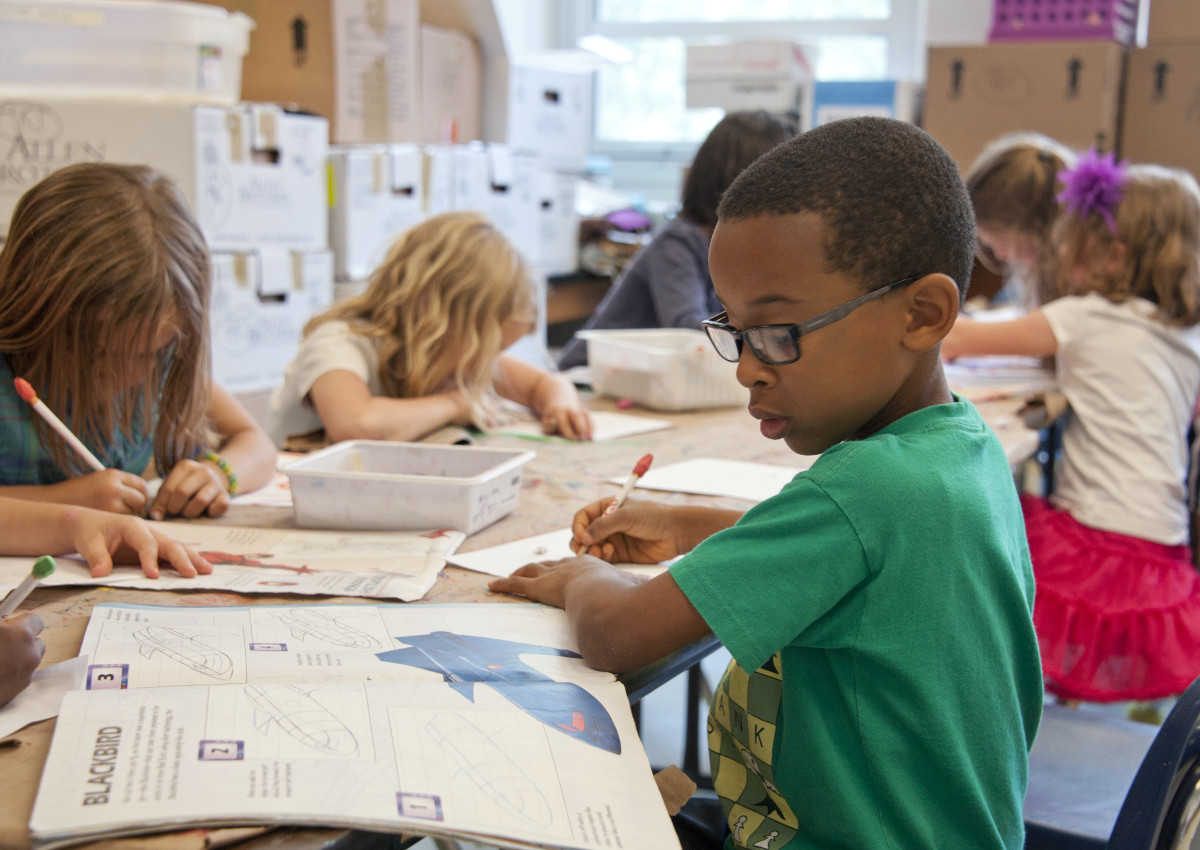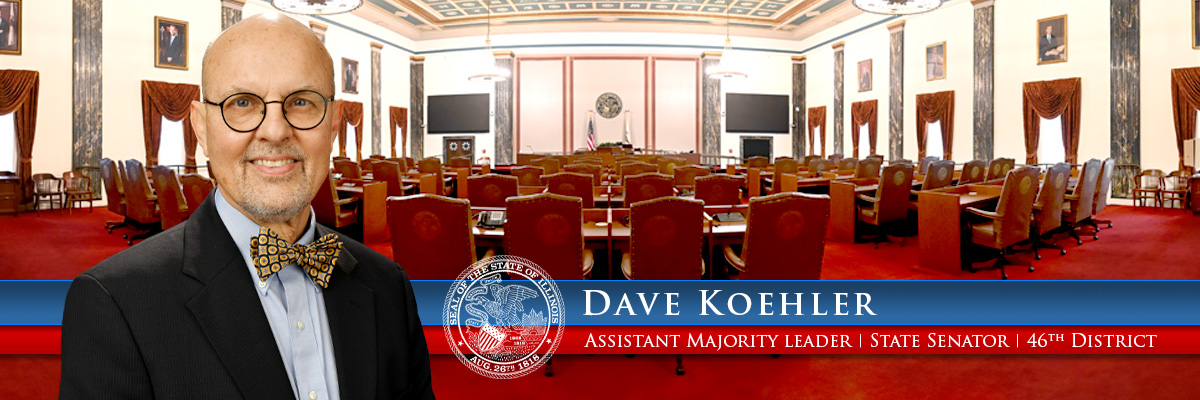 PEORIA– State Senator Dave Koehler (D-Peoria) is announcing that local school districts will receive over nearly $155 million in additional funding to help address the many challenges presented by the COVID-19 pandemic.
PEORIA– State Senator Dave Koehler (D-Peoria) is announcing that local school districts will receive over nearly $155 million in additional funding to help address the many challenges presented by the COVID-19 pandemic.
“Making sure that our educators and our school districts have the necessary resources is absolutely vital,” Koehler said. “Teachers and students have worked together to adapt to a new way of learning, and it is our job as legislators to support them in that endeavor however we can.”
The funding comes as part of the most recent federal COVID-19 relief packages. Schools, students and parents have overcome challenges that no one could have imagined before the pandemic began, including remote and hybrid learning, digital connection issues, new processes for receiving state and federal aid that normally flow through schools, and more.
District 46 schools are set to receive the following amounts:
• Peoria SD 150 - $98,210,513
• Peoria Heights CUSD 325 - $3,227,140
• Pleasant Valley SD 62 - $4,114,907
• Limestone CHSD 310 - $2,261,299
• Farmington Central CUSD 265 - $2,016,145
• Norwood ESD 63 - $1,298,001
• Pleasant Hill SD 69 - $1,245,661
• Illini Bluffs CUSD 327 - $993,115
• Oak Grove SD 68 Bartonville - $876,678
• Bartonville SD 66 - $805,793
• Monroe SD 70 - $364,434
• Limestone Walters CCSD 316 - $154,770
• Hollis Cons SD 328 - $17,653
• Canton Union SD 66 - $8,228,314
• CUSD 3 Fulton County - $1,443,772
• Lewistown CUSD 97 - $1,427,684
• Spoon River Valley CUSD 4 - $707,590
• Pekin PSD 108 - $9,926,176
• East Peoria SD 86 - $3,822,131
• Pekin CSD 303 - $3,675,791
• Creve Coeur SD 76 - $2,421,154
• East Peoria CHSD 309 - $2,011,983
• District 50 Schools - $1,962,066
• N Pekin & Marquette Hght SD 102 - $1,173,413
• South Pekin SD 137 - $708,609
• Rankin CSD 98 - $322,433
• Spring Lake CCSD 606 - $287,392
The majority of the funding comes from the American Rescue Plan, which gives local schools a great deal of flexibility in how they can use the money over the next 3 ½ years. At least 20% of the funding must be used to address learning loss, but beyond that, school districts can use the money to address many different issues and costs. For example, it can be used to better equip schools for safe learning, to prevent layoffs, to address students’ social and emotional needs, to fund summer programs, or to ensure all students have access to reliable Wi-Fi and technology.
The State Board of Education, in collaboration with other state agencies that address education, has produced a guide for local school districts to help them decide how to best use their resources. While the guide and other state-sponsored services are completely voluntary, the state aims to support local districts during this difficult time.
“I’m very pleased that schools in Central Illinois and all across the state will be receiving a much-needed and well-deserved helping hand during these difficult times,” Koehler said.
In total, Illinois received nearly $7 billion to support local school districts.

